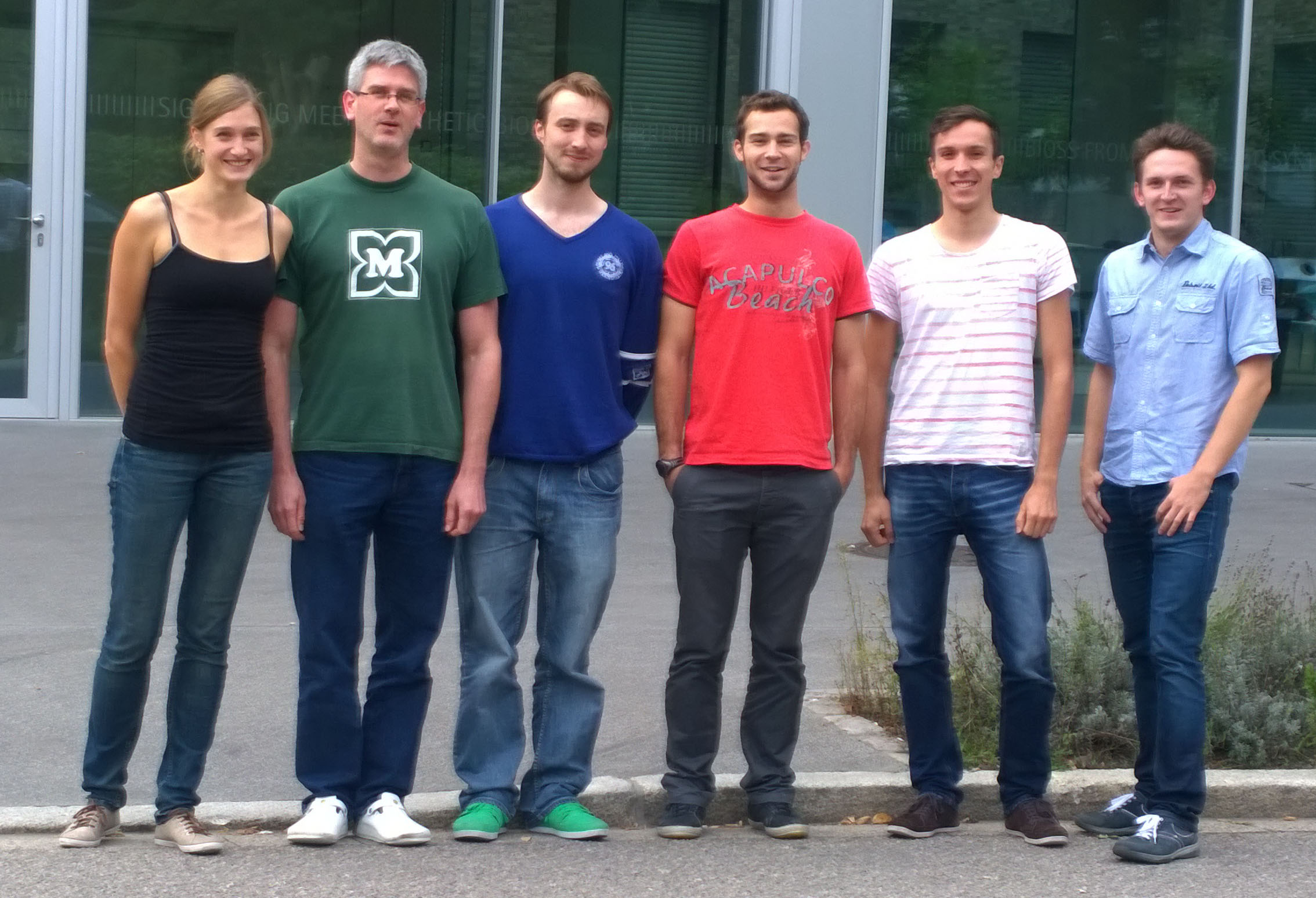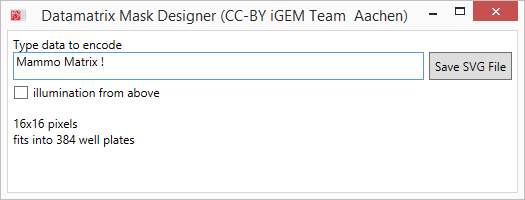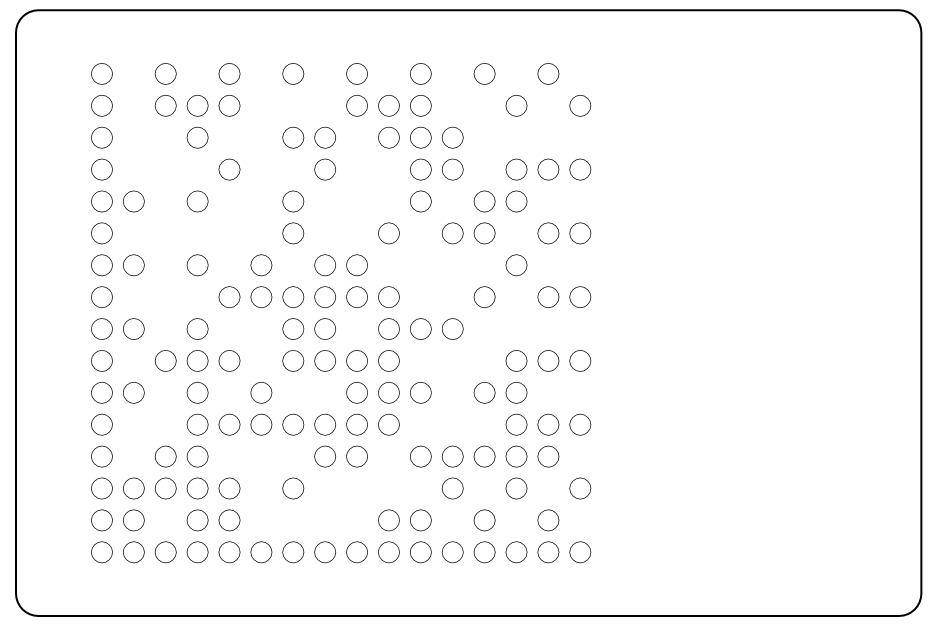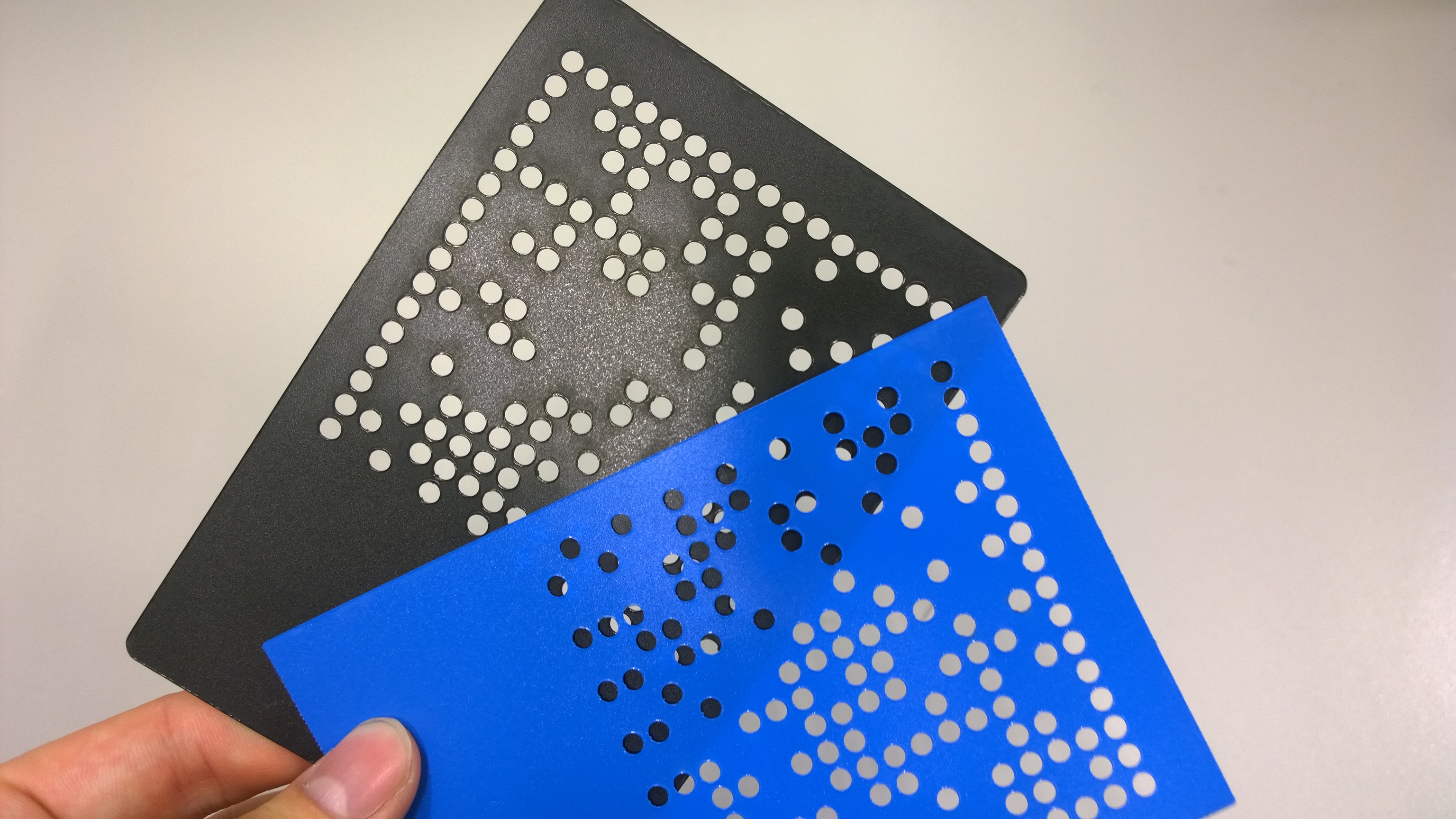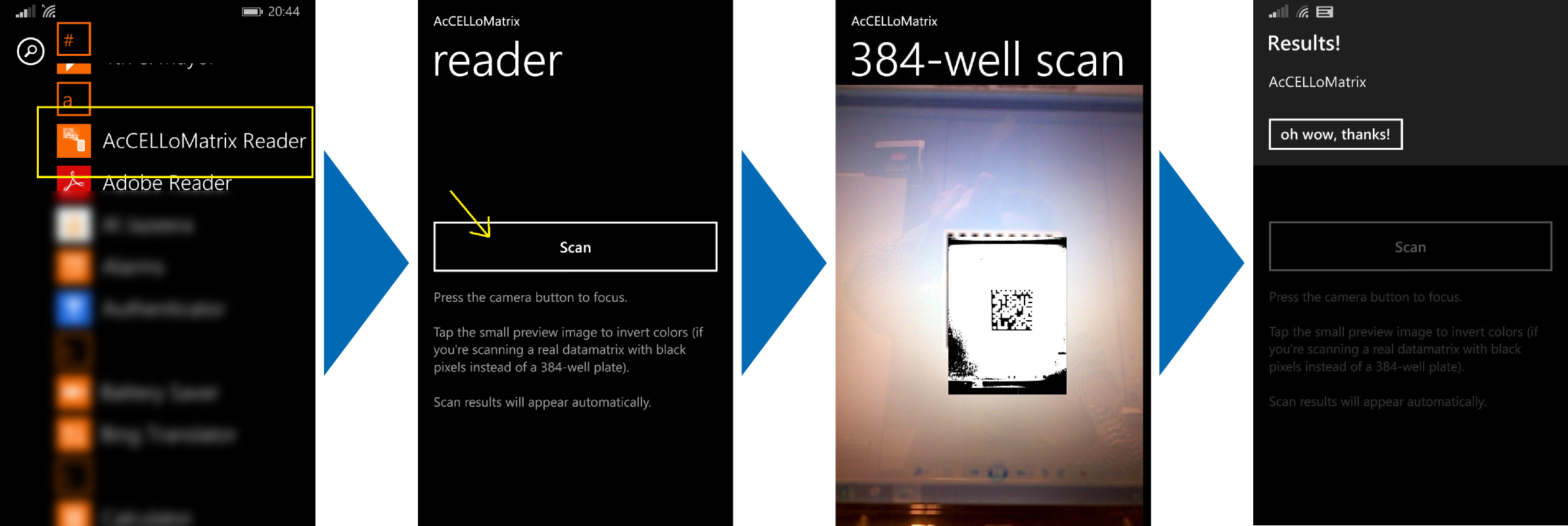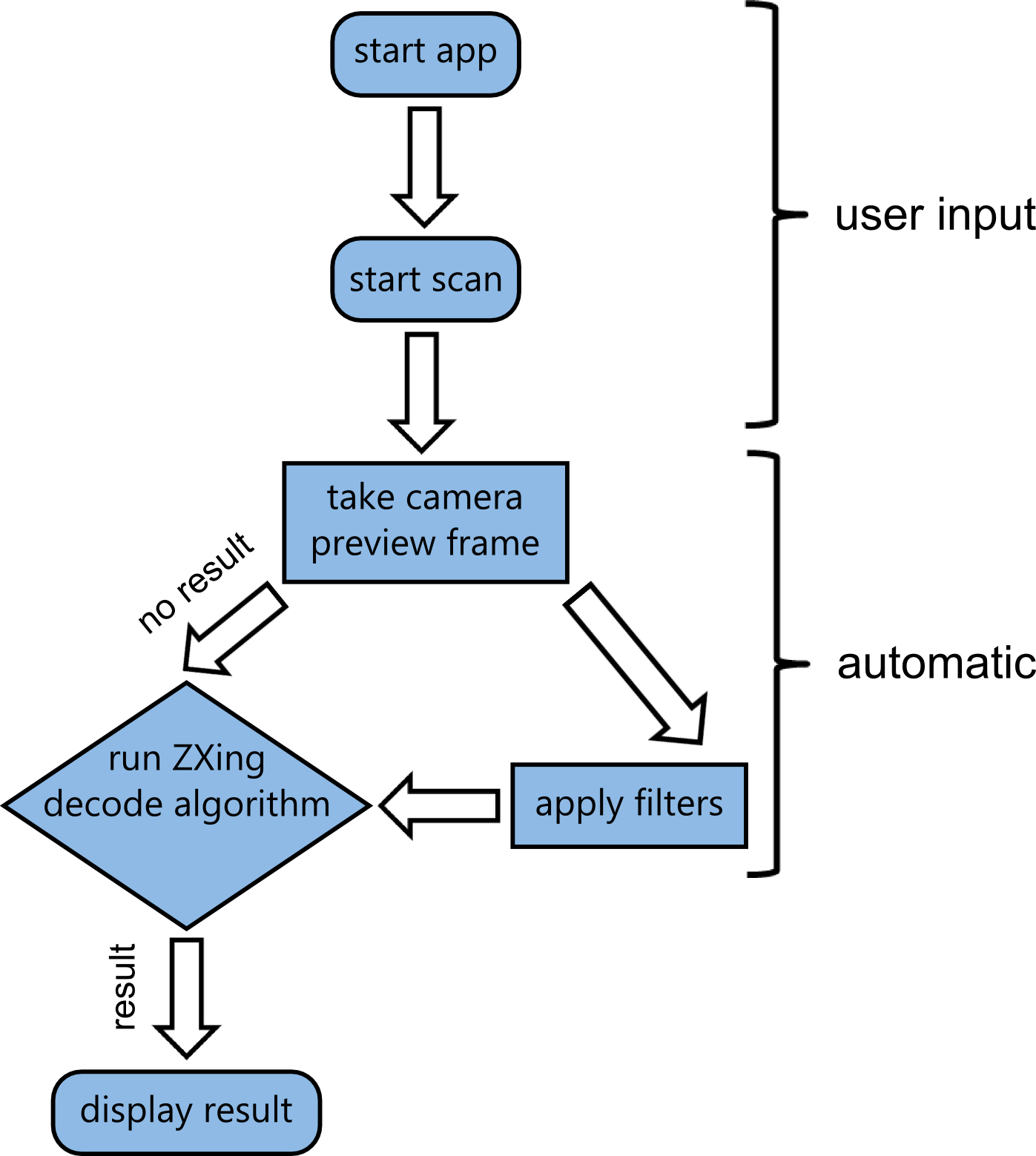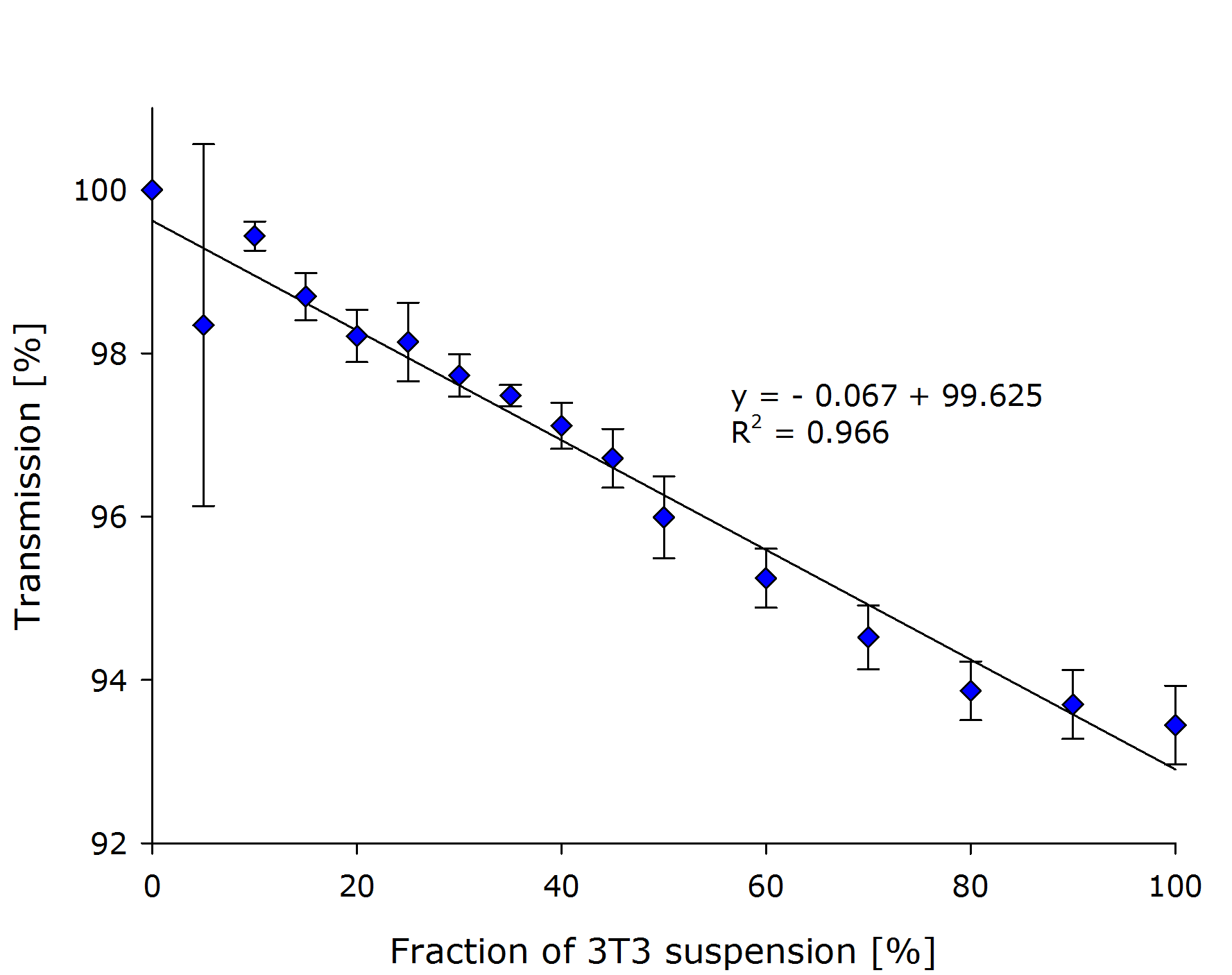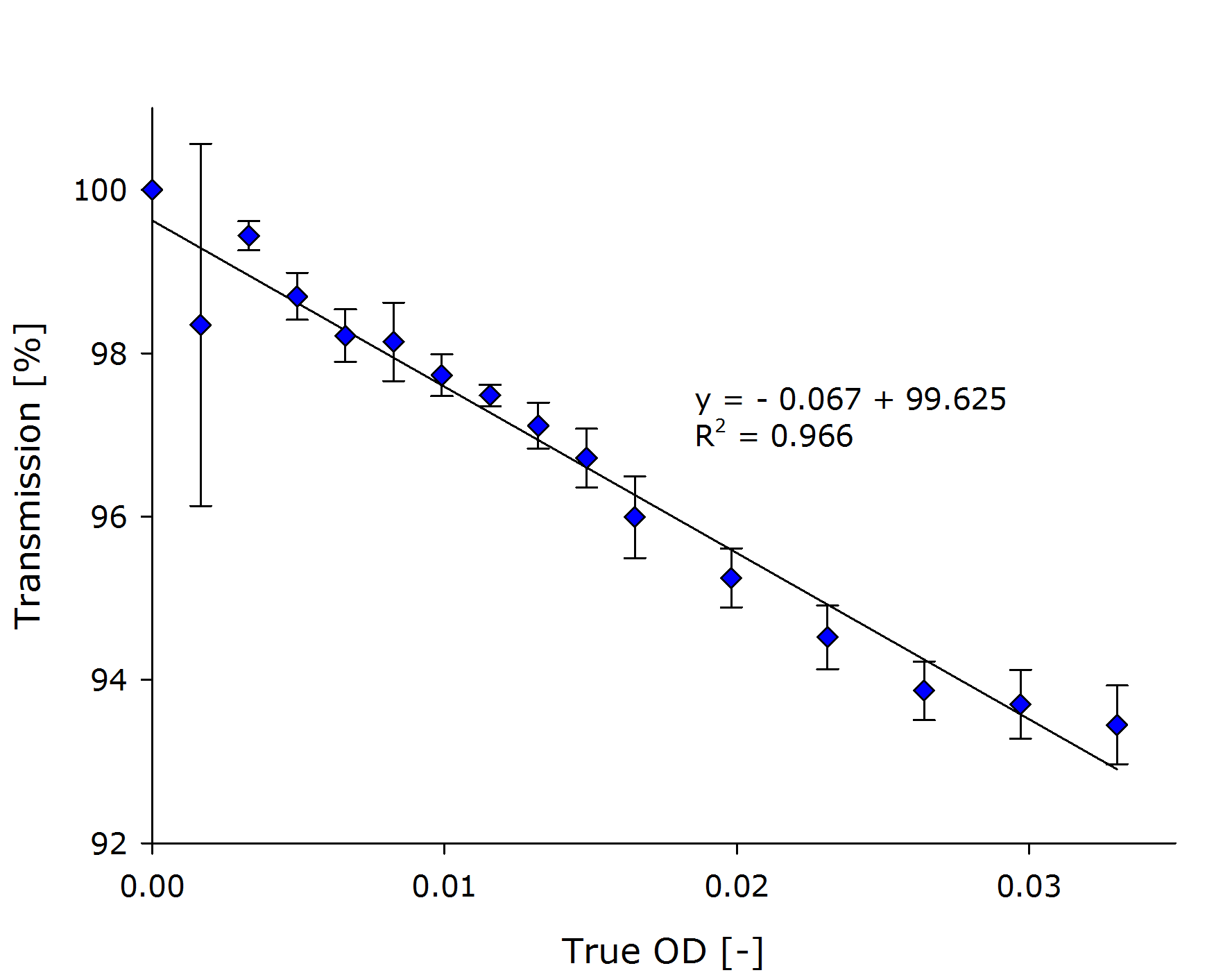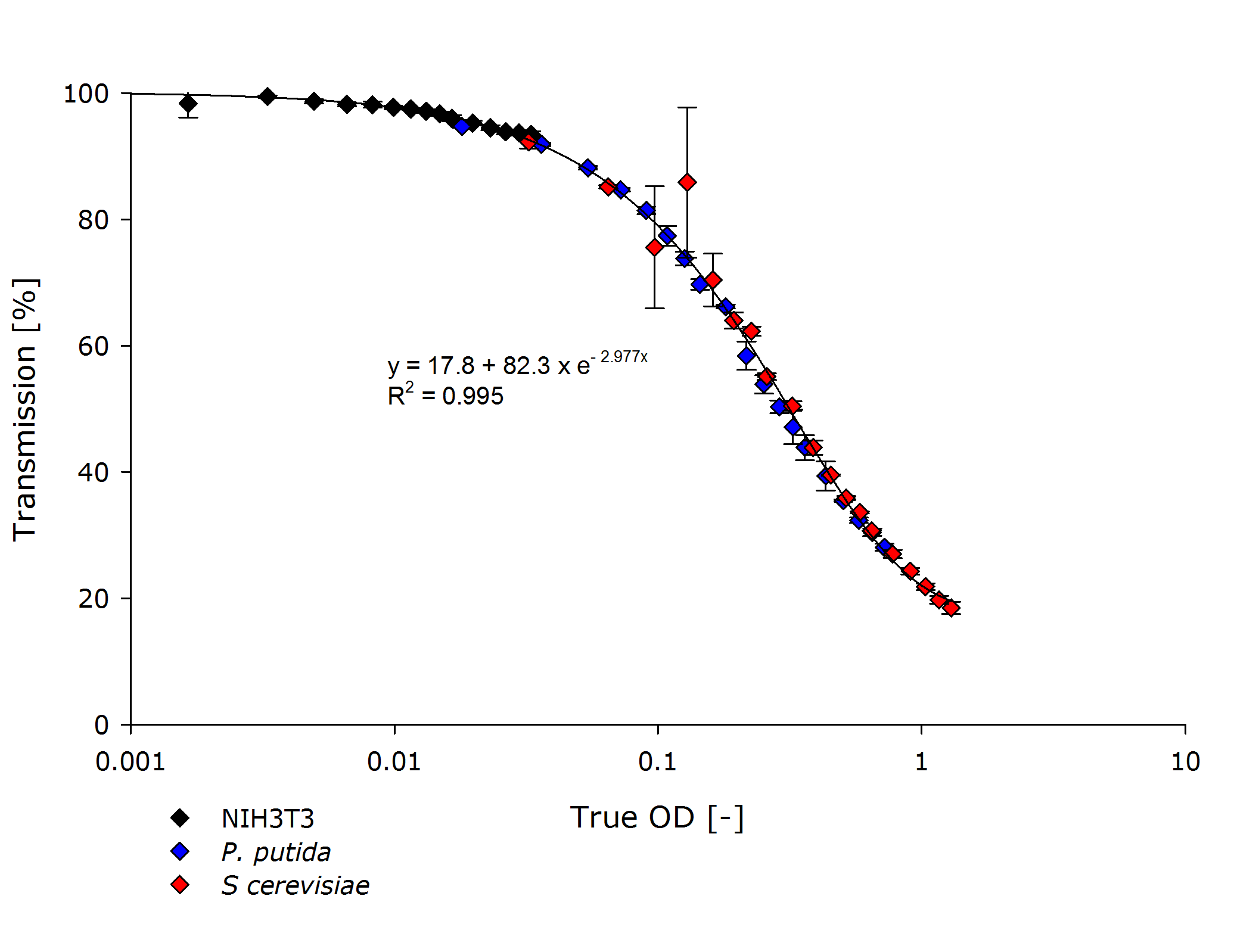Team:Aachen/Collaborations/Freiburg
From 2014.igem.org
m (→AcCELLoMatrix for Team Freiburg) |
(→References) |
||
| (2 intermediate revisions not shown) | |||
| Line 2: | Line 2: | ||
{{Team:Aachen/Header}} | {{Team:Aachen/Header}} | ||
| - | = AcCELLoMatrix for [[Team:Freiburg|Team Freiburg]]= | + | = AcCELLoMatrix for [[Team:Freiburg/Team/Collaboration|Team Freiburg]]= |
At the iGEM meetup in Munich in May, members of both of our teams realized that our projects share a common objective: Analyzing 2-dimensional, visual signals. For the following months, we stayed in contact and developed a concept to encode information in 384-well plates in the form of data matrix codes. | At the iGEM meetup in Munich in May, members of both of our teams realized that our projects share a common objective: Analyzing 2-dimensional, visual signals. For the following months, we stayed in contact and developed a concept to encode information in 384-well plates in the form of data matrix codes. | ||
| Line 36: | Line 36: | ||
{{Team:Aachen/Figure|Aachen_Collaboration-FRScreenshots.png|title=Usage of AcCELLoMatrix Reader|width=1018px|subtitle=(1) Start the app and read through some brief instructions (2). Then start scanning and aim for a datamatrix in the wild (3). As soon as a datamatrix is detected in the preprocessed frames (4, small rectangle) by the ZXing algorithm, the decoded text is displayed to the user (5).}} | {{Team:Aachen/Figure|Aachen_Collaboration-FRScreenshots.png|title=Usage of AcCELLoMatrix Reader|width=1018px|subtitle=(1) Start the app and read through some brief instructions (2). Then start scanning and aim for a datamatrix in the wild (3). As soon as a datamatrix is detected in the preprocessed frames (4, small rectangle) by the ZXing algorithm, the decoded text is displayed to the user (5).}} | ||
| + | |||
| + | While the apps frontend is designed to be very minimalistic, there's actually going on a lot in the backend. Visual data coming from the camera feed has to be processed and fed into the ZXing decoding algorithm. | ||
| + | |||
| + | {{Team:Aachen/Figure|Aachen_Collaboration-FRAMRflow.png|title=Activity diagram of the app|width=350px|subtitle=After the app was started and the scanning initiated by the user, a loop is initiated. Filters are applied to camera preview frames and the result is fed into the decoding algorithm. As soon as a datamatrix is detected, the loop is interrupted and the result presented to the user.}} | ||
== Outlook == | == Outlook == | ||
| Line 41: | Line 45: | ||
== References == | == References == | ||
| - | + | [http://www.nuget.org/packages/ZXing.Net/ ZXing.NET] by Michael Jahn is a port of [https://github.com/zxing/zxing ZXing] ("zebra crossing"), both licensed under [http://www.apache.org/licenses/LICENSE-2.0 Apache 2.0] | |
| + | |||
{{Team:Aachen/BlockSeparator}} | {{Team:Aachen/BlockSeparator}} | ||
Latest revision as of 03:38, 18 October 2014
|
|
 "
"
